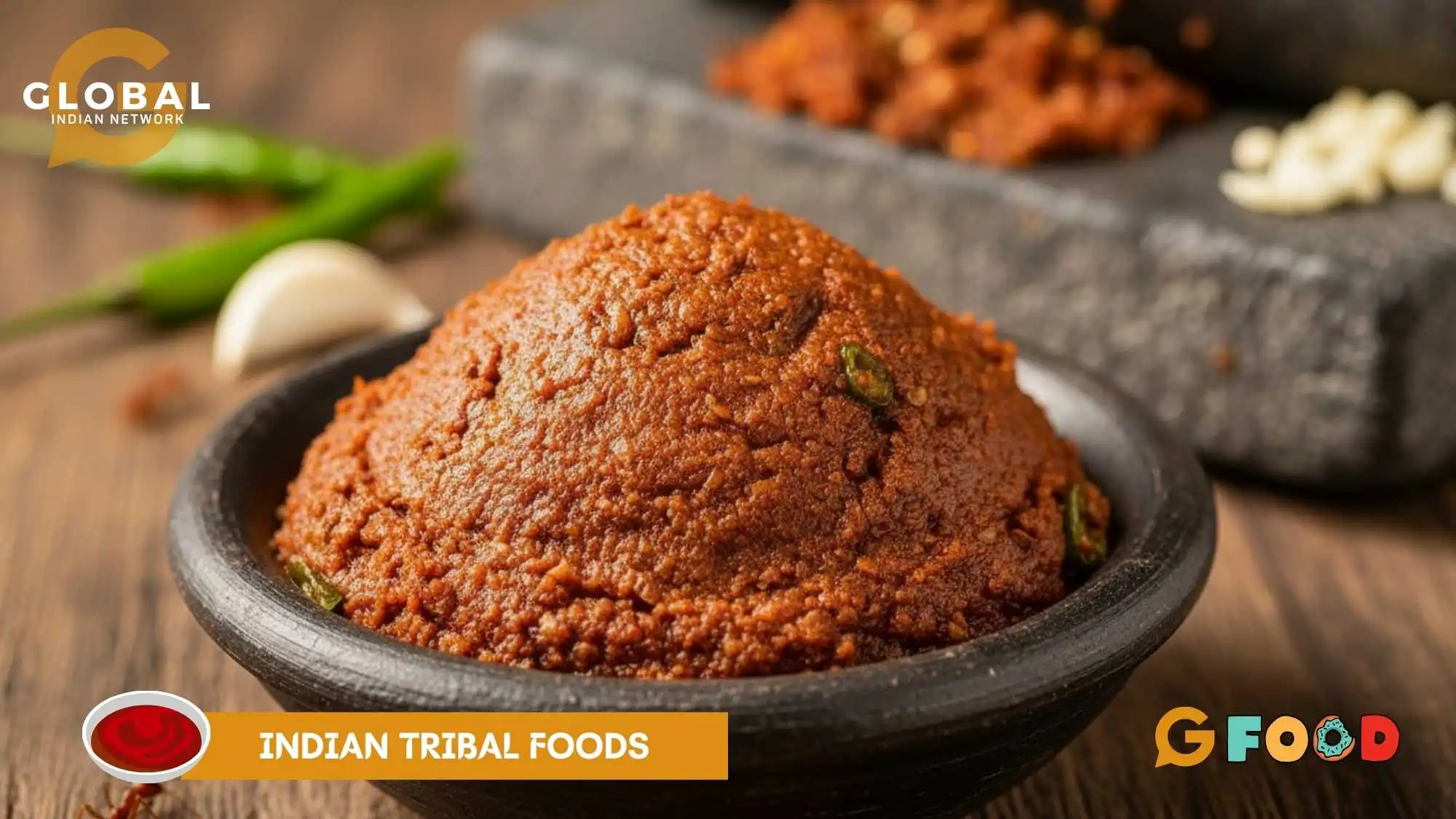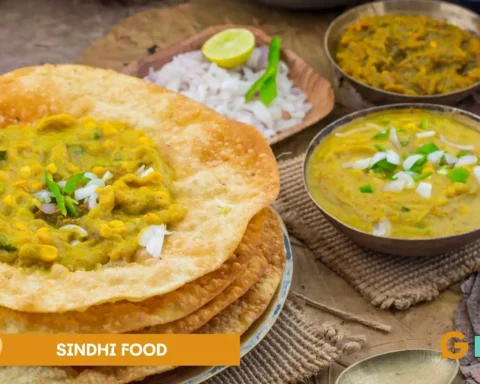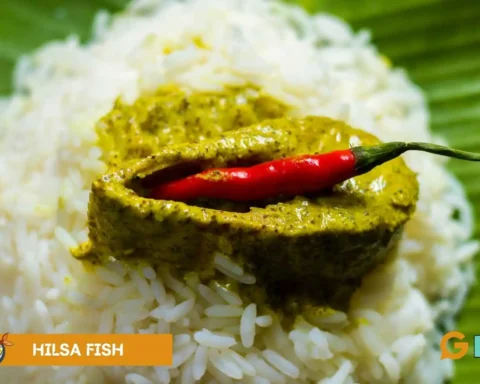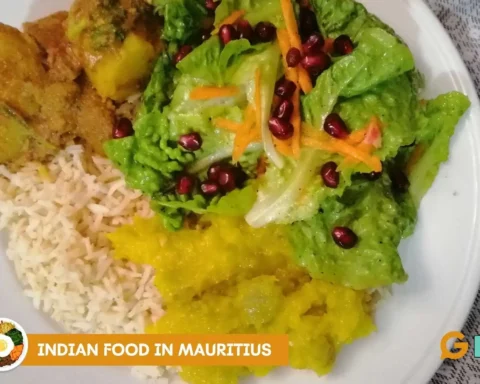Indian tribal foods are a lively and nutritious culinary Indian food that has not been fully revealed to the world. The products are based on strong ties to local ecosystems and the wisdom tradition, which expresses the innovative application of locally grown products, which in most cases are sustainably sourced in forests and farmland. Indian tribal foods are a fascinating adventure for any person who is willing to have a taste of the real flavors and help in promoting sustainable food.
Table of Contents
What Makes Indian Tribal Foods Unique?
The Indian tribal foods are distinguished from mainstream cuisine due to the reason that they involve indigenous knowledge, seasonality, and medicinal value. These culinary dishes are based on wild fruits, millets, yams, and such non-standard proteins as snails, crabs, and insect ingredients that are scarcely used in communities beyond tribes. Although misinterpreted in some cases, Indian tribal foods are highly nutritious and also have wellness attributes that are being confirmed by science. This ensures that Indian tribal foods are not only of cultural value but also of great importance in enhancing health (nutritive analysis).
It is based on the diet of forest products, seasonal vegetables, and traditional spices such as turmeric and mustard seed, which have medicinal properties. The Indian tribal foods, therefore, combine taste, tradition, and health in each of their dishes.

10 Indian Tribal Foods You Must Try
Marh Jhol
Marh Jhol is a spicy, high-carbohydrate mixture of rice starch water, chillies, garlic, onions, tomatoes, and bathua greens. This food is served on pattal plates made out of sal leaves and thus, it can be seen as a brilliant demonstration of the eco-friendly nature of Indian tribal foods.
Demta Chutney
Demta Chutney is one such unique and protein-rich tribal Indian food made of red weaver ants and eggs, found in Odisha, Jharkhand, and Chhattisgarh. Even scientists are pursuing the Geographical Indication (GI) tag for this traditional delicacy (traditional knowledge).
Elephant-Foot Yam Dessert
The Kondh tribe prepares elephant-foot yams into a sweet dish by boiling, cooling, and marinating them in jaggery and then serving them in leaf bowls. The medicine of blood sugar and bite, this dessert, can be cited as well, being a sign of the health wisdom of Indian tribal food.
Eri Polu
Eri Polu of Assam, with silkworm larvae smoked in bamboo, a seldom-used source of protein, is a part of Indian tribal cuisine. Its special preparation demonstrates sustainable utilization of resources in the region.
Mahua
Mahua is a transparent liquor brewed using the mahua flower, which is a favourite drink in tribal dishes in eastern and central India. Mahua is known to be linked with digestive and antibacterial properties, and reflects how the Indian tribal food is connected to the concept of taste and health.
Sandhana
Indian tribal foods in Jharkhand, as shown by sandhana, tender bamboo shoots that are fermented with vegetables and sun-dried, are therefore preserved and refined in nutritional terms.
Laad
It is a Santhali specialty, and roasting marinated meat over bonfires in hollow branches of the sal trees is a creative technique that denotes the ecological harmony of Indian tribal cuisine.
Handiya
As the drink associated with tribal celebrations, Handiya is an example of communal spirit and health benefits, such as jaundice prevention, which is common among the Indian tribal food (health profile).
Gandhakasala
Aromatic Gandhakasala rice from Kerala is prized for its fragrance and for being a part of festivities. Conventional farming protects biodiversity, which is one of the principles of the sustainability of Indian tribal foods.
Njandu Roast
Njandu Varattiyathu has river rock crabs which are steamed and simmered with spices ground with hands. This seafood specialty of Kerala is a show of how the natural resources of the area could be used well within the Indian tribal cuisines.
Health Benefits of Indian Tribal Foods
Indian tribal food is high in nutrition, containing calcium, iron, vitamins, and antioxidants, which usually outshine commercial food (nutritional benefits). Indian tribal foods that are fermented enhance gut health with the help of probiotics, and most leafy foods have an increased amount of antioxidants, which suit the current requirements of functional foods.
Preservation and Sustainability in Indian Tribal Foods
Sun-drying, smoking, and fermentation are traditional preservation methods that are prevalent throughout the Indian tribal foods, which increase shelf life and add a natural flavor component (preservation techniques). These are eco-friendly practices that do not use any artificial chemicals and support the environmental harmony reflected in Indian tribal foods.
The agricultural management of Indian tribal foods is based on agroforestry, mixed cropping, and organic composting, which promote biodiversity and soil health, both critical to climate-resilient (sustainable agriculture).
Revival of Indian Tribal Foods
Social media and urban chefs who incorporate traditional ingredients and modern styles are sparking a new interest in Indian tribal foods. Through the influencers, people get a chance to display genuine recipes and spread the Indian tribal foods more than just from village tables to the city ones, and here their nutritional importance and cultural worth are seen.
Conclusion
Tribal food in India provides a way to healthier, environmentally friendly, and culturally diverse food. These foods have a key role to play in the future of Indian cuisine by combining ancient wisdom and modern science of nutrition. Ethnic food celebrations. The Indian tribal foods celebrate tradition and wellness, and environmental consciousness as well.

FAQs
What makes Indian tribal foods different from mainstream Indian cuisine?
The food of Indian tribes is mainly prepared using local and seasonal foods, and little spices are used. They specialise in wild fruits, millets, tubers, and strange proteins like snails and insects. The food preparation techniques are uncomplicated and rough, which corresponds with sustainable approaches and a close attachment to nature.
Can Indian tribal foods be found in urban areas?
Increasingly yes. Indian tribal foods are now served in many of the restaurants and food festivals of the urban centers. Additionally, such dishes are trending among social media influencers and chefs, and it is becoming simpler to find Indian tribal foods in cities.
Why are Indian tribal foods gaining popularity now?
The popularity of tribal Indian foods has increased due to the growing health awareness, interest in sustainable and traditional food systems, and the work done by influencers and chefs to advance tribal culture.










[…] ALSO READ: 10 Must-Try Indian Tribal Foods You’ve Never Heard Of (But Will Love!) […]
[…] is home to a diverse array of tribal communities, each with its unique cultures, traditions, and ways of life. These indigenous ethnic […]
[…] their efforts sometimes fall back due to many factors, such as a lack of understanding of specific tribal […]